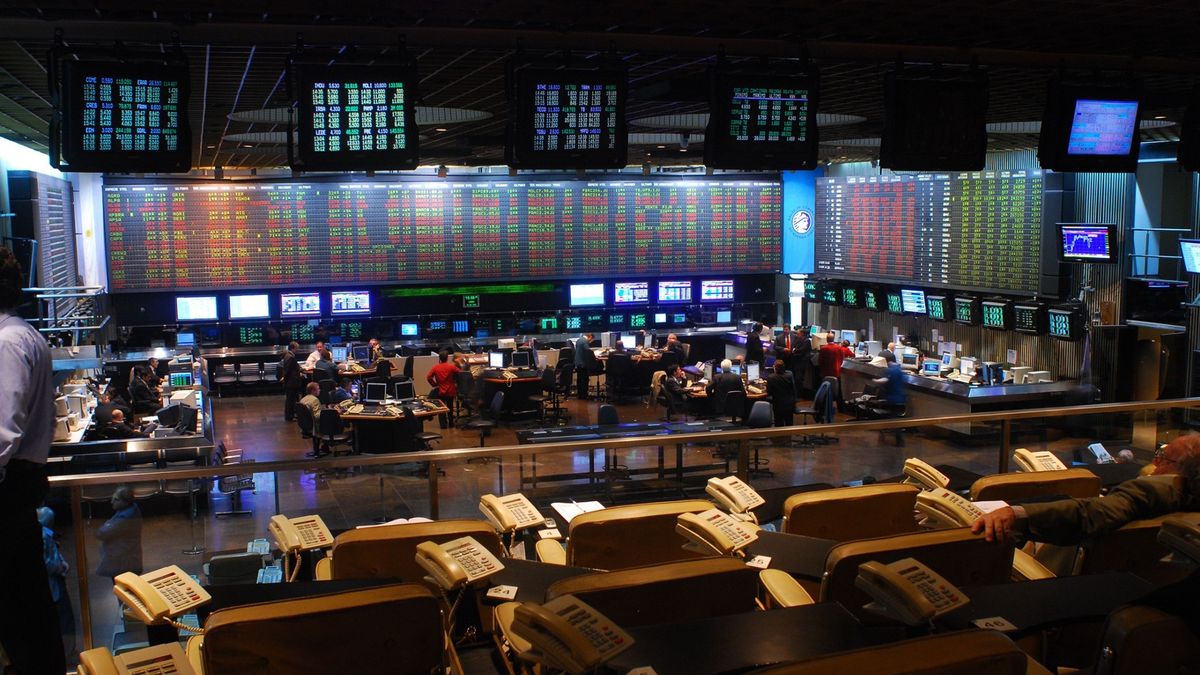What happened was that the governor of the Federal Reserve, Lael Brainard, said that she hopes methodical interest rate hikes and rapid reductions in the Fed’s asset portfolio to bring US monetary policy to a “more neutral stance” later this year, with further tightening to follow as needed.
Consequently, 10-year US Treasury yields rose to three-year highs.
In this framework, the Argentine dollar-denominated bonds closed with losses of up to 2%, thanks to Bonar 2041, followed by Bonar 2029 (-1.9%) and Bonar 2038 (-1.6%).
“The ‘fly to quality’ (hedging in less risky assets) that was seen abroad had a negative impact on the papers of the entire universe of emerging debt and Argentine bonds did not escape this trend”, Said Portfolio Personal Investments.
“After the ‘delivery’ with the IMF, and with the presidential elections still far away, the correlation between the internal and external markets was increased”noted the StoneX brokerage. “With such long maturities for dollar sovereign bonds and a possible new restructuring in 2025, ‘Bonares’ and ‘Globales’ (securities) fit better into the variable income category than fixed income”estimated.
Political analyst Lucas Romero, in television statements, said that “governing is solving problems, but also managing expectations,” and this is perceived in the community. Internal tensions in President Alberto Fernández’s ruling coalition are also hurting the business climate, traders agree.
“American corporate debt is very ugly, which is the ‘benchmark’ (performance indicator) of Argentine debt (…) We had several orders from abroad in block sales (of bonds) abroad, and that hit a lot entry”, synthesized the behavior of the wheel a market analyst.
Within a week, The Government will announce March inflation, which according to private consultants could be around 6%, against a firm 4.7% in February and a projection of around 60% for 2022.
Given this situation, bonds in pesos adjusted by CER closed mixed. The ones that increased the most were CUAP (+0.7%) and PR13 (+0.5%). The ones that fell the most were TC23 (-0.7%), and PAP0 (-0.7%).
S&P Merval and ADRs
In the Buenos Aires stock market, the index S&P Merval scored his second consecutive loss, fell 0.9% to 90,989.52 points, due to selective profit-taking together with a business cut.
In the leading panel, the increases were led by Telecom (+2.1%), Transener (+0.7%), and Mirgor (+0.1%). The biggest decreases were for YPF (-2%), Ternium (-1.4%), and Transportadora Gas del Norte (-1.4%).
For their part, the safeguards against aggressive actions in the US market hit Argentine papers listed on the New York Stock Exchange. The shares of Mercado Libre (-3.9%) and Globant (-3.8%) led the falls. For their part, the increases corresponded to Telecom (+2.9%), Despegar (+0.8%) and Ternium (+0.8%).
Source: Ambito
David William is a talented author who has made a name for himself in the world of writing. He is a professional author who writes on a wide range of topics, from general interest to opinion news. David is currently working as a writer at 24 hours worlds where he brings his unique perspective and in-depth research to his articles, making them both informative and engaging.




